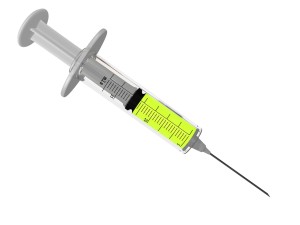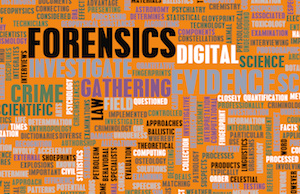A recent report indicates that the US Department of Justice paid $15 million for expert witnesses who were not needed by federal prosecutors, and an additional $10 million on experts whose use was not clearly defined. The report, released by the Justice Department’s inspector general, revealed poor governance of the DOJ’s expert witness program that resulted in unjustifiable payments.
DOJ Hires Unnecessary Expert Witnesses
The Inspector General (IG) report reviewed 729 expert witness contracts across the US and found that 74, over 10{d61575bddc780c1d4ab39ab904bf25755f3b8d1434703a303cf443ba00f43fa4}, did not meet the federal guidelines for obtaining witness services. Of those 74, 43 were hired “before or without a court docket date,” which is one of the criteria of the federal expert witness spending guidelines. In the other 31 cases, the IG report found: (1) there was no indication that expert testimony was anticipated, (2) expert services were provided for cases heard outside of the federal judicial system; or (3) administrative services were the primary purpose. All three uses of experts are not approved under the spending guidelines.
These 74 contracts totaled $15.2 million, which is close to 9{d61575bddc780c1d4ab39ab904bf25755f3b8d1434703a303cf443ba00f43fa4} of the close to $180 million that was spent on the cases the IG reviewed. The IG report was not finished, however, as investigators also discovered questionable spending on experts for reasons that were unclear.
IG Report Finds Suspect Expert Hiring
In addition to the 74 contracts that seemed in clear violation of expert witness spending guidelines, the IG report found 39 expert contracts that could not be verified. In these 39 cases, the IG could not determine if the contracts fell within the federal spending guidelines because either the contract terms were too vague or the guidelines themselves were. These 39 contracts totaled $10 million, bringing the total amount of money that was either misspent or unsupported to $25.2 million.
The expert witness contracts costing the federal government millions of dollars without adequate support under spending guidelines, but the agreements were not the only questionable expert spending decisions made by the DOJ.
Expert Witness Report Reveals Excess Spending
The IG report also found several instances of unallowable or unsupported travel expenses paid to expert witnesses by the DOJ. The report noted more than $24,000 spent on hotel charges that were not permitted under spending guidelines, and 26 instances of unauthorized first class travel for experts. Going further, the IG identified more than $100,000 spent on computers that were not solely used by experts – a practice that is not permitted. The IG investigation also uncovered $1.2 million spent on expert witnesses in cases that were not tried in US courts.
At the conclusion of its report, the IG expressed the need for greater institutional control across the DOJ to limit the occurrence of impermissible expert witness spending. With President Obama requesting more than $270 million for the DOJ’s expert witness program, the work done by the Inspector General highlights the need for better financial accountability. The report made 12 recommendations to both strengthen the expert witness spending guidelines and improve training of those responsible for monitoring the expert program’s financial decisions. Improved education across the DOJ staff and regular auditing of expert witness spending should, according to the IG, limit the unauthorized financial decisions that have cost the federal government millions of dollars.













